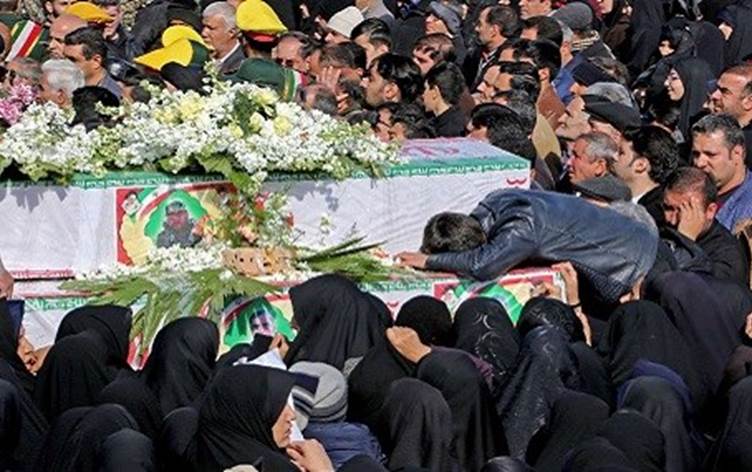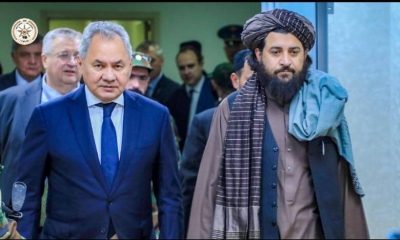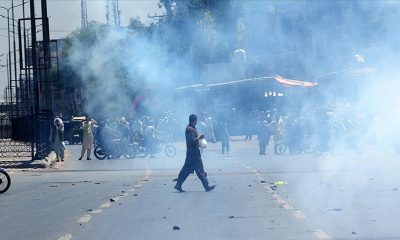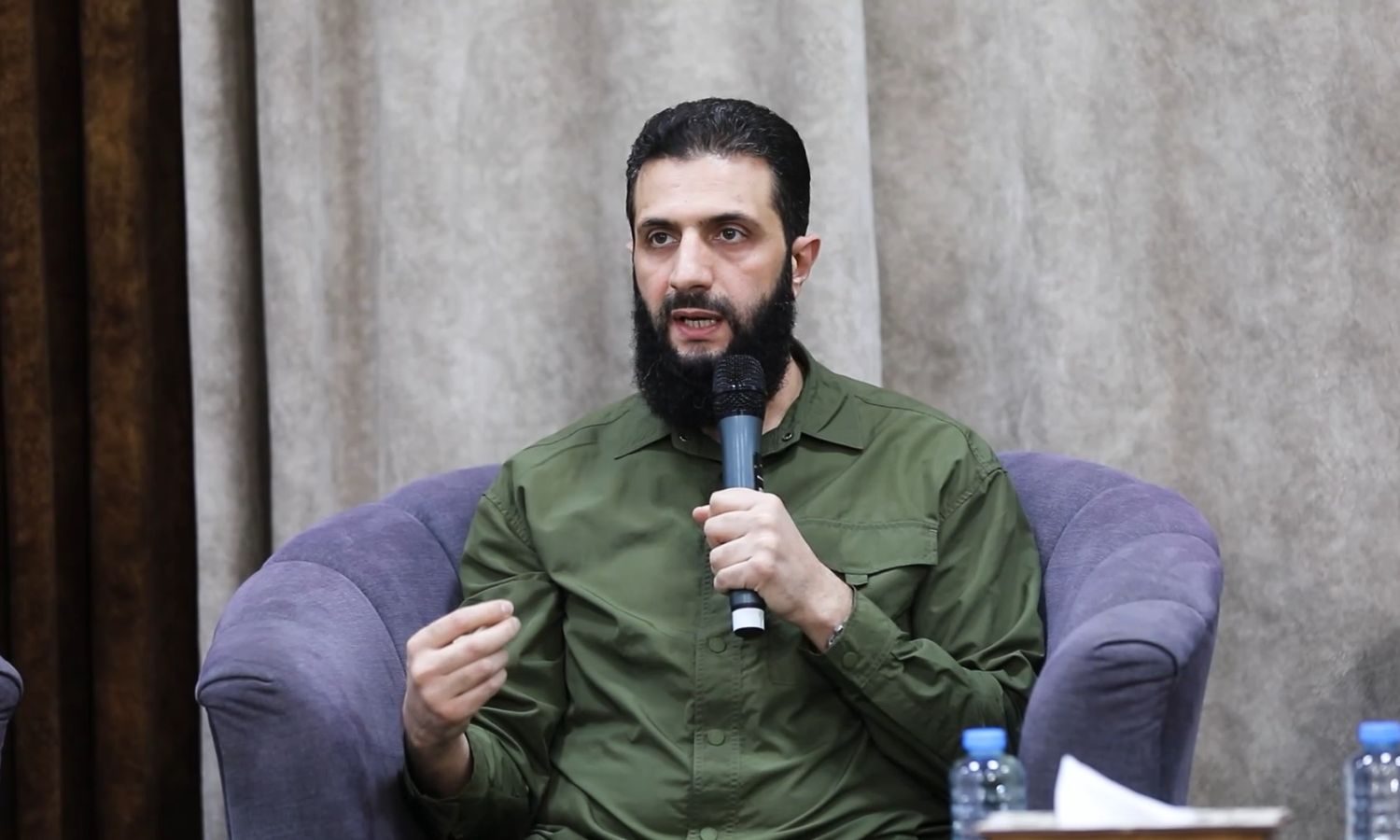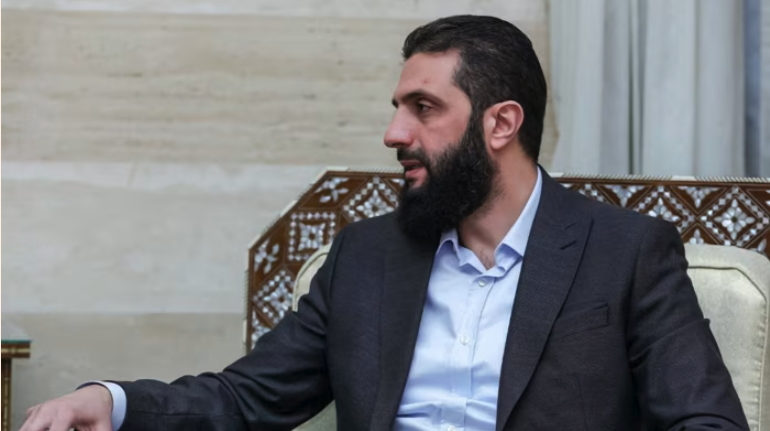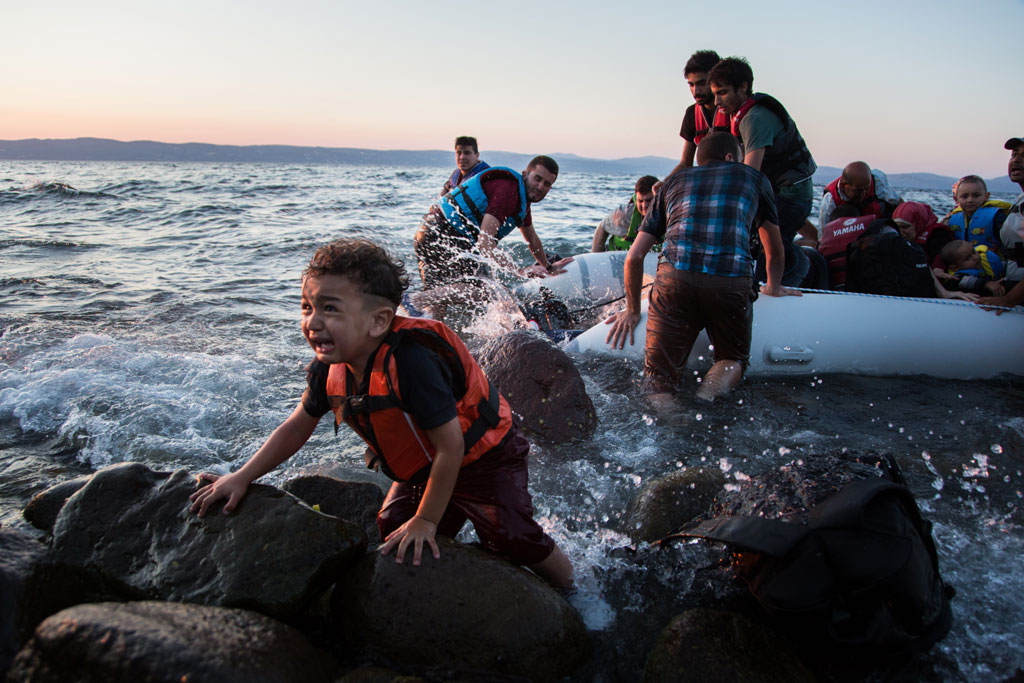Whether we like it or not, immigration is the reality of our world today. This fact, in addition to the fact that it can become an opportunity with proper individual and organizational management, also has its own challenges. Among other things, one of the challenges that arise for immigrant communities and the immigrant generation is the identity crisis. The crisis of identity is a broad and multidimensional debate, but with a simpler view, this crisis among the second and third generation of immigrants is caused by a duality – on the one hand, they inevitably have to reject the relatively strict traditional-religious behavior of their parents, and on the other hand, they cannot fully absorb the secular and civil values of the host society.
At the same time, these second and third generation immigrants need a series of rituals, education and ceremonies in which they can feel themselves and find a sense of belonging. Because they have rejected the worn-out advice of their parents, they lose their respect, attention and empathy.
But on the other hand, they are not respected outside when they face the more important and larger part, that is, the host society. That is, because they cannot be successfully absorbed into the host society, they do not attract attention and respect from there and are isolated. While as human beings they need attention and respect from others – to be someone for themselves and to be known and honored with the title they like. If we want to explain the identity problem in simple language, this is it. Of course, this is not a general case. There are so many young people who are successfully recruited and busy with their daily work and are in positive interaction with institutions and human groups in their field of work every day. This is a huge success in terms of integration. But naturally, there are those whose absorption process in the host society is disturbed due to various reasons.
They are thirsty for attention and seeking respect because of the aforementioned emptiness. In this case, they are waiting hard for someone, an institution or a group to be found under its order to become meaningful signifiers even at the cost of obeying or blindly following. Because following also reminds at least that they are human and some people need to follow them.
Immigrants want to be respected by the host countries as it strengthens the sense of belonging to the community
Due to this need, many addresses with religious, ethnic and cultural names have been created among immigrants and usually they all offer some kind of identity product. Because they know that the immigrant community needs things to remind them that they belong to a certain nation, race, or religion in times of identity crisis. They have a special past and history, and based on their ancestral religion, they will be treated in a special way in heaven.
Also, in this world, angels always have a good opinion of them. When they feel that they have been rejected from the reality of society due to the difficulties of immigration, it is natural for them to take refuge in imaginary sources and ask for respect and attention from there.
This seemingly makes their existence meaningful and strengthens their sense of belonging to the same group, but on the other hand, it further separates them from the main body of the host society. This separation is not only deep, but sometimes becomes a factor resistant to assimilation and integration.
Efforts should be made so that the situation does not reach a point where that vacuum is formed or reaches a critical level. The way to avoid this gap is absorption and integration. Being absorbed is not easy for immigrants; Therefore, a practical solution should be considered for it. For this, it is good to ask: What helps us to become like the society or people of our host country or second home? What do they have? What do we have in common?
In response, it should be said: Our first and most important contribution is in “citizenship”. That we are citizens of a certain country and being a citizen requires commitment and sacrifice. If we reach this civic understanding that citizenship is a principle prior to other elements of identity such as religion, religion, language and ethnicity, I think we have traveled an important part of the way. It is the only umbrella that can cover everyone equally, so that no one feels left out.
The good thing about this umbrella is that in order to join it, no immigrant needs to become a Christian first to become a citizen of a certain country, or to be white first to qualify for citizenship. It is enough that they respect the rights and freedoms of the members of the society.
This is the result of the maturity of human history, which is steered by Western civilization, and now Western countries also consider themselves obliged to comply with it.
Of course, this has not always been the case in the West. For example, more than half a century ago in Germany, Jews were legally ineligible for German citizenship as long as they insisted on their Jewishness. The granting of citizenship, which is actually the granting of the right to live again, regardless of religion, ethnicity and region, based only on being “human”, is an unprecedented achievement in human history, which is implemented in first world countries.
The identity loss and wandering shows itself in various forms.
The phenomenon of migration and the lack of compatibility of new arrivals with the new environment is not a new thing. For example, after the industrial revolution in the 19th century, these same countries faced the problem of identity crisis. Due to the impact of the industrial revolution, people suddenly moved from the surrounding areas to the cities, and those who had just arrived in the city had exactly the same situation as today’s immigrants, who are thrown from the third world countries to the center of the largest cities of the first world countries, and it is impossible not to get lost.
This identity loss and wandering shows itself in various forms. The problem of internal migration in Western countries in the 18th and 19th centuries, caused by the mass migration of rural people to the cities, was solved by gradual integration. Today, the challenge of immigration to these countries can only be managed with sustainable and intelligent integration.
But what is important is the implementation of this integration in the healthiest way and with the least cost for the host society and the immigrants. Integration is inevitable, it just needs to be managed well. If integration does not take place, urban life with its own nature and the whole issue of government-nationality and national identity of these countries will face danger and no country likes this.
One can think about those who just arrived in the city two centuries ago, how it was hard for them to lose their local dialects and customs and religious and regional traditions, but now their current generations who were born in the city, grew up and educated in the city, are basically urban and they do not have the accent of their great-grandfathers nor their customs. They are either from London or from Manchester or from Birmingham and all of them are English and they have nothing to do with their villages.
Current immigrants also have to go through such a process. That is, they should be absorbed in the urban life and civic values and nationality of the host countries. As Fukuyama, a contemporary political scientist, says “although with the victory of the Iranian revolution in 1979 and the Salafist movement in Saudi Arabia in the same years, the assumption that Muslim immigrants in Western countries should maintain their independent religious institutions was strengthened.”
Several decades of bad experiences of some migrants in West have led to the creation of far-right parties and their stance against immigrant
Even today, this strategy is being implemented by the Islamic Republic in all parts of the world under various titles under the guise of religion and under the name of religious freedom. But the result of creating an island and intervening and demanding the isolation of same-religious groups from the rest of the host society is creating a rift and the illusion of a dual identity, which, if it becomes acute, can even create security problems for the host society.
From the point of view of isolated groups and individuals, citizenship does not have a special meaning, nor does it bring duties and obligations. According to them, religion or ethnicity is the factor of unification, not citizenship. The occurrence of religiously motivated terrorist attacks in Western countries, as well as the joining of second and third generation Muslim immigrants from Western countries to extremist groups in the Middle East, can be understood under this logic.
Several decades of bad experiences of Muslims in Western countries have led to the creation of far-right parties and their stance against immigrants and Muslims in those countries. The emergence of populist nationalism is due to the feeling of danger that immigrants have taken their identity from them and they don’t want to be confused with immigrants.
That is, in the host countries, which are mostly western, there is also a group that does not like immigrants, especially Muslim immigrants, to be integrated into them. According to them, Muslim immigrants should not pollute their culture and identity – so to speak.
But again, due to the blessing of the secular age and the secular government, their words are not taken into account, and they are willing to give citizenship to Muslims and follow the policy of multiculturalism, with all the possible dangers and sometimes bad memories of some of them – that one day maybe the important principle of “citizenship” will be institutionalized in them.
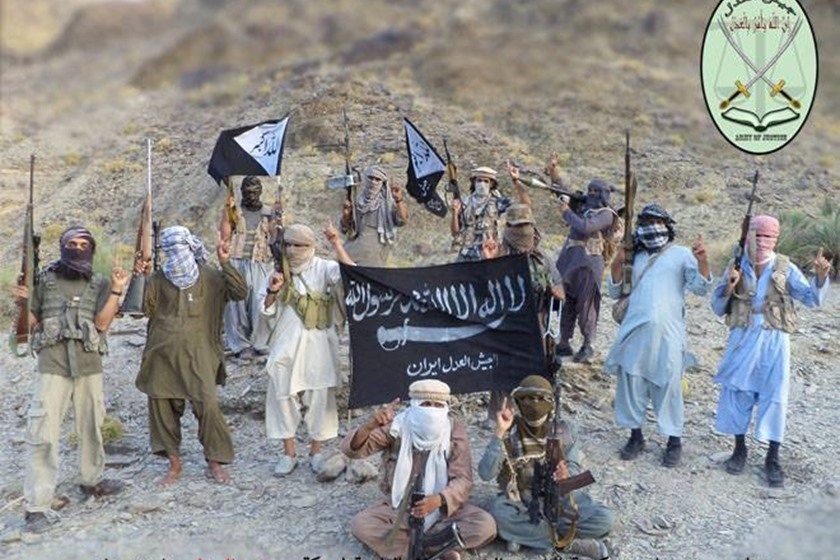

 EUROPE1 week ago
EUROPE1 week ago
 OPINION2 weeks ago
OPINION2 weeks ago
 OPINION1 week ago
OPINION1 week ago
 DIPLOMACY2 weeks ago
DIPLOMACY2 weeks ago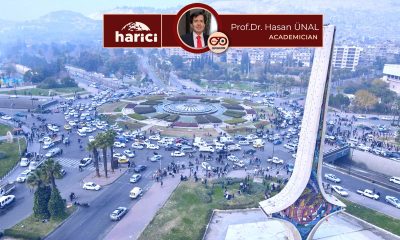
 OPINION2 weeks ago
OPINION2 weeks ago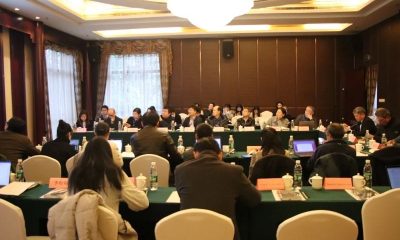
 ASIA1 week ago
ASIA1 week ago
 MIDDLE EAST1 week ago
MIDDLE EAST1 week ago
 MIDDLE EAST2 weeks ago
MIDDLE EAST2 weeks ago
